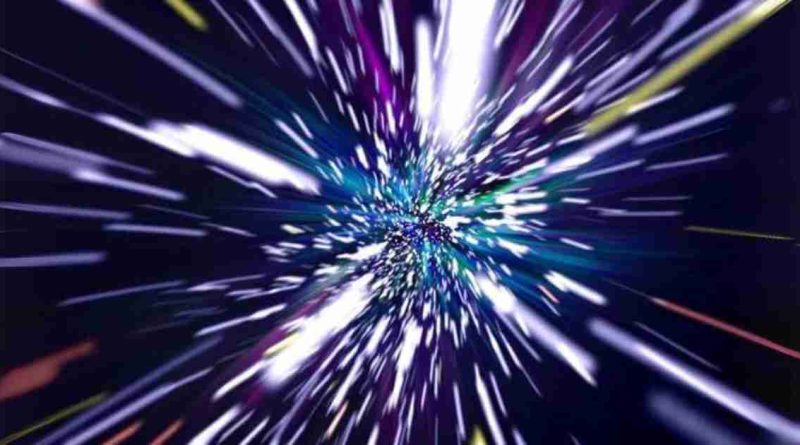Unlocking the Potential of Warp Drives: Bridging Science Fiction with Scientific Inquiry
A recent study hints at the potential feasibility of ‘warp drives’ in the foreseeable future, offering a groundbreaking perspective.
“Through our innovative model, we’ve presented a possibility that warp drives could transcend the realm of science fiction.”
The latest research lays a theoretical groundwork for warp drives, proposing that this ultra-fast propulsion technology might not remain beyond humanity’s grasp indefinitely.
Enthusiasts of science fiction, particularly fans of “Star Trek,” are no strangers to the concept of warp drives. These hypothetical engines manipulate the very fabric of space-time, compressing space ahead of a spacecraft while expanding it behind, creating a “warp bubble” that enables the vessel to achieve incredible velocities, potentially surpassing the speed of light by multiple folds in some depictions.
In 1994, physicist Miguel Alcubierre from Mexico published a seminal paper outlining the mechanics of a conceivable warp drive. However, this groundbreaking concept came with a significant caveat: the proposed “Alcubierre drive” necessitated the existence of negative energy, a speculative substance whose existence remains uncertain (or potentially harnessing dark energy, the enigmatic force believed to drive the universe’s accelerated expansion).
Alcubierre introduced his concept in the journal Classical and Quantum Gravity. Now, a fresh study published in the same journal suggests that a warp drive might not rely on exotic negative energy after all.
“This study reshapes the discourse surrounding warp drives,” remarked lead author Jared Fuchs from the University of Alabama, Huntsville, and the research organization Applied Physics. “By presenting an unprecedented model, we’ve hinted at the possibility that warp drives might not be confined to the realms of science fiction.”
The team’s model employs “an intricate fusion of conventional and innovative gravitational methodologies to fabricate a warp bubble capable of propelling objects at high speeds within the confines of established physics,” as stated in their announcement.
Understanding this model might surpass the grasp of many; the abstract of the paper, for instance, mentions a solution “involving the amalgamation of a stable matter shell with a shift vector distribution closely resembling established warp drive solutions such as the Alcubierre metric.”
Although the proposed engine might not enable faster-than-light travel, it could approach such velocities; the announcement cites “high but subluminal speeds.”
This study represents a solitary modeling endeavor, so it’s essential to temper expectations. Even if subsequent research corroborates the mathematical underpinnings outlined in this new study, the realization of an actual warp drive remains a distant prospect.
Fuchs and his team acknowledge this reality, emphasizing that their work could serve as a foundational step towards achieving efficient interstellar travel.
“While we’re not yet preparing for voyages to the stars, this research signals a new frontier of possibilities,” noted Gianni Martire, CEO of Applied Physics, in the same announcement. “As humanity embarks on the Warp Age, we continue to make incremental advancements.”
The team’s study was published online on April 29. Access to the full paper is available here (though the bulk of the content is hidden behind a paywall).

